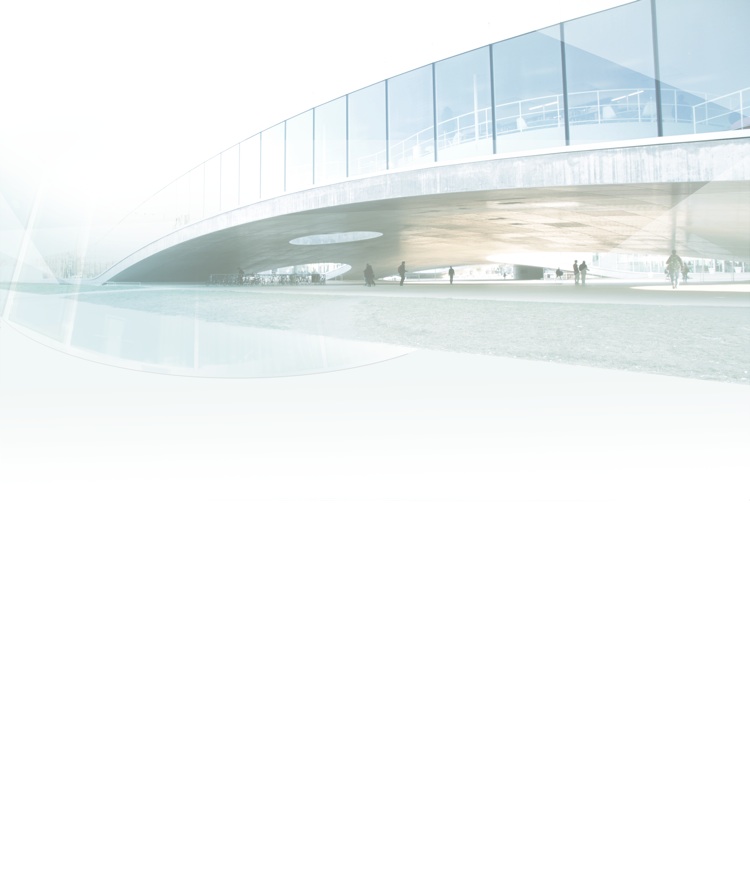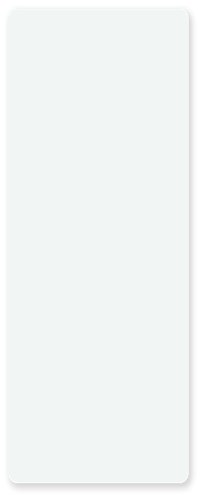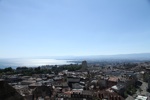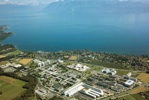The Quaternionic Dirac Operator
Typically we work with surfaces immersed in 3-space. If we identify 3-space with the imaginary quaternions, a surface becomes a quaternion valued function and all the structure of quaternion algebra becomes available for Digital Geometry Processing. In this talk I will discuss the Dirac operator for surfaces. The Dirac operator is a first order differential operator which generalizes all the usual vector calculus operators. Being defined for the immersed surface, it also gives access to the intrinsic and extrinsic geometry of the surface. Together with a very straightforward discretization a versatile tool for Digital Geometry Processing emerges as I will argue in my talk and support with a number of applications examples.
Joint work with Keenan Crane and Ulrich Pinkall
Geometric Processing for Drug Design and Discovery
Computational screening is the name given to the computer docking of three-dimensional models of drug-like compounds into models of potential drug targets, usually proteins or nucleic acids. Clearly, this computational method is far faster and cheaper than actually testing tens of thousands of potential drugs, which has been a standard in the pharmaceutical industry for generations. The rate limiting computational step however, and in the inner loop of the search, is the accurate computation of molecular configuration dependent relative binding affinities. In this two part talk I shall first describe geometric (and image) processing algorithms to efficiently 3D reconstruct multi-resolution structure models of target proteins, nucleic acids from Electron Microscopy. These targets are culpable in the spread of viral infections (e.g. HIV). Next, I shall describe how multi-resolution molecular geometries are utilized to develop biophysical models of molecular-molecular (recognition) interaction and binding affinities. These algorithms for target elucidation and computational screening are encapsulated in our freely available software called VolRover, TexMol, and F2Dock.
Geometry of Compression Structures
This lecture will present a new computational form finding method for exploring three-dimensional equilibrium networks, based on (re-)discovered understanding of the stability of the spectacular vaults from the Gothic.
Through the use of intuitive graphical diagrams, the presented approach now allows designers to gain control over the exploration of structural form, which starts to blur the boundaries between funicular (compression-only) and freeform design.
Thanks to insights provided by dual geometrical relations, this innovative approach furthermore allowed to establish efficient solving algorithms for the nonlinear, inverse problem of form rationalization. These new extensions of this research have powerful applications not only for the design of freeform shells, but also for the equilibrium analysis of historical unreinforced masonry vaulted structures with complex geometries.
The power of this geometry-driven form finding method will be demonstrated through several built prototypes at different scales, addressing challenges in tessellation, fabrication constraints, and efficiency in construction.










